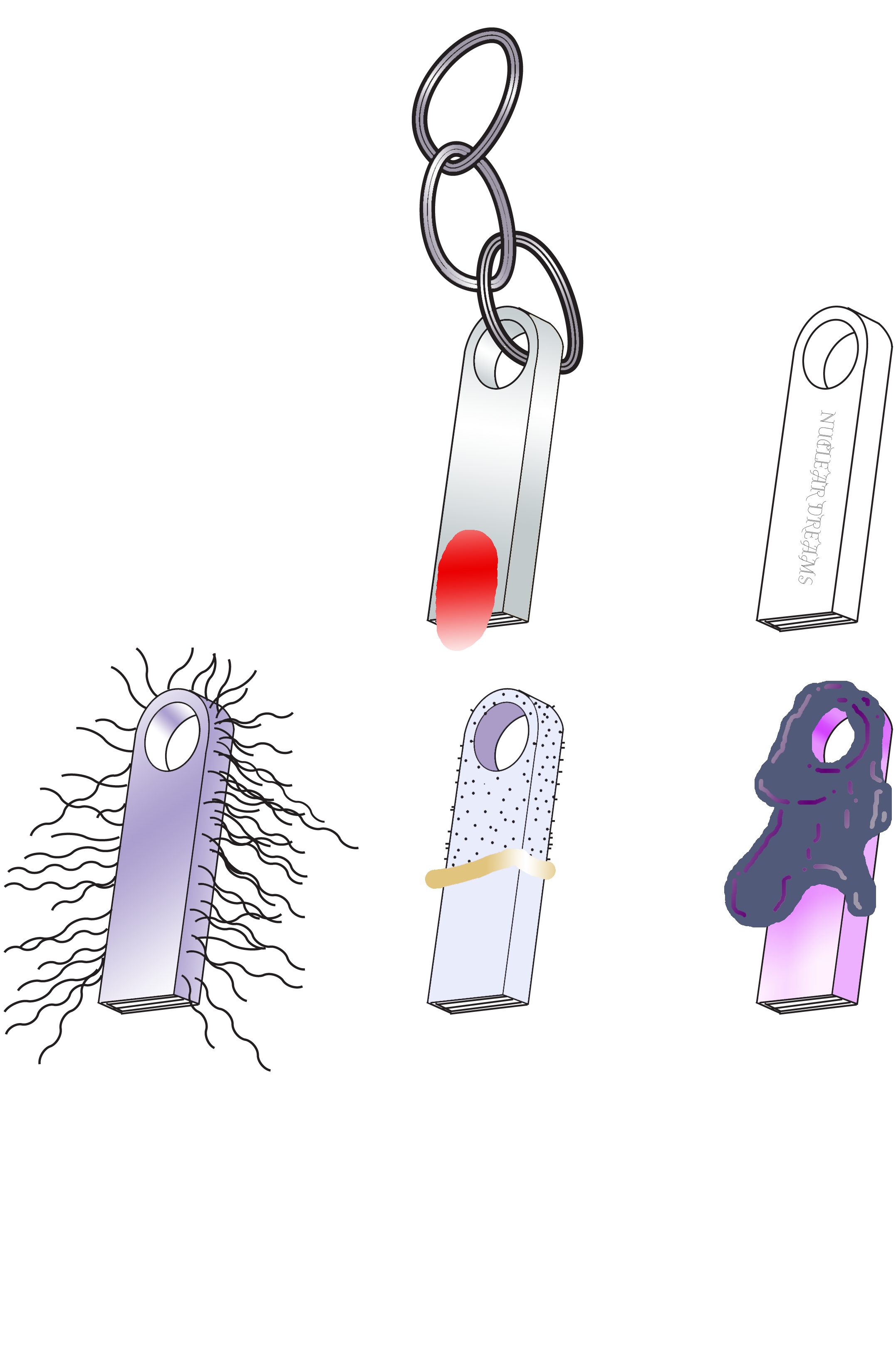IRL IS URL
REDIRECTION → tableau
A leaf a gourd a shell a bag a sack a bottle a pot a box container
vynil cuting with sentences ? cf stickers to be spread or signage
CHARM BRACELET OF DIGITAL MEMORIES
A CHAIN LINK
A CHAIN LINK
A CHAIN LINK
A CHAIN LINK


In A Room of One’s Own (1929), Woolf was one of the first critics to point to the masculine bias of the literary canon: “it is the masculine values that prevail... This is an important book, the critic assumes, because it deals with war. This is an insignificant book because it deals with the feelings of women in a drawing-room. A scene in a battle field is more important than a scene in a shop—everywhere and much more subtly the difference of value persists” (77). In her case, whether or not it was true for all the moderns, Woolf ’s endeavors to make “the accent [fall] differently from that of old,” as she puts it in “Modern Fiction,” have much to do with shaping an unheroic narrative in which “there would be no plot, no comedy, no tragedy, no love interest or catastrophe in the accepted style” (CR1: 150).
Like Le Guin, Woolf also describes the novel as a container for emotions and meanings, only Woolf tends to use architectural imagery. In A Room of One’s Own, for example, she describes the novel as a
structure leaving a shape upon the mind’s eye, built now in squares, now pagoda shaped, now throwing out wings and arcades, now solidly compact and domed like the Cathedral of Saint Sofia a at Constantinople. This shape... starts in one the kind of emotion that is appropriate to it. But that emotion at once blends itself with others, for the ‘shape’ is not made by the relation of stone to stone, but by the relation of human being to human being. (74)
However, interestingly, Le Guin describes “home” as “another, larger kind of pouch or bag, a container for people” and the shrine or museum as containers for the sacred (152). Architects themselves talk about buildings as containers creating certain shapes and sequences of spaces that evoke certain feelings and enable certain kinds of activities within them. The meaning of the architecture is discovered, and in part created, by the user.1 Woolf often says similar things about the novel—that its meanings are not conveyed directly, expositorily, but rather the reader apprehends through reading, through experiencing the text and putting the pieces together.
- “THE REAL WORLD”: VIRGINIA WOOLF AND ECOFEMINISM
by Diana L. Swanson
A leaf a gourd a shell a net a bag a sling a sack a bottle a pot a box a container. A holder. A recipient.
The first cultural device was probably a recipient .... Many theorizers feel that the earliest cultural inventions must have been a container to hold gathered products and some kind of sling or net carrier.
So says Elizabeth Fisher in Women's Creation (McGraw-Hill, 1975). But no, this cannot be. Where is that wonderful, big, long, hard thing, a bone, I believe, that the Ape Man first bashed somebody with in the movie and then, grunting with ecstasy at having achieved the first proper murder, flung up into the sky, and whirling there it became a space ship thrusting its way into the cosmos to fertilize it and produce at the end of the movie a lovely fetus, a boy of course, drifting around the Milky Way without (oddly enough) any womb, any matrix at all? I don't know. I don't even care. I'm not telling that story. We've heard it, we've all heard all about all the sticks spears and swords, the things to bash and poke and hit with, the long, hard things, but we have not heard about the thing to put things in, the container for the thing contained. That is a new story. That is news.
- The Carrier Bag Theory of Fiction
Ursula K. Le Guin